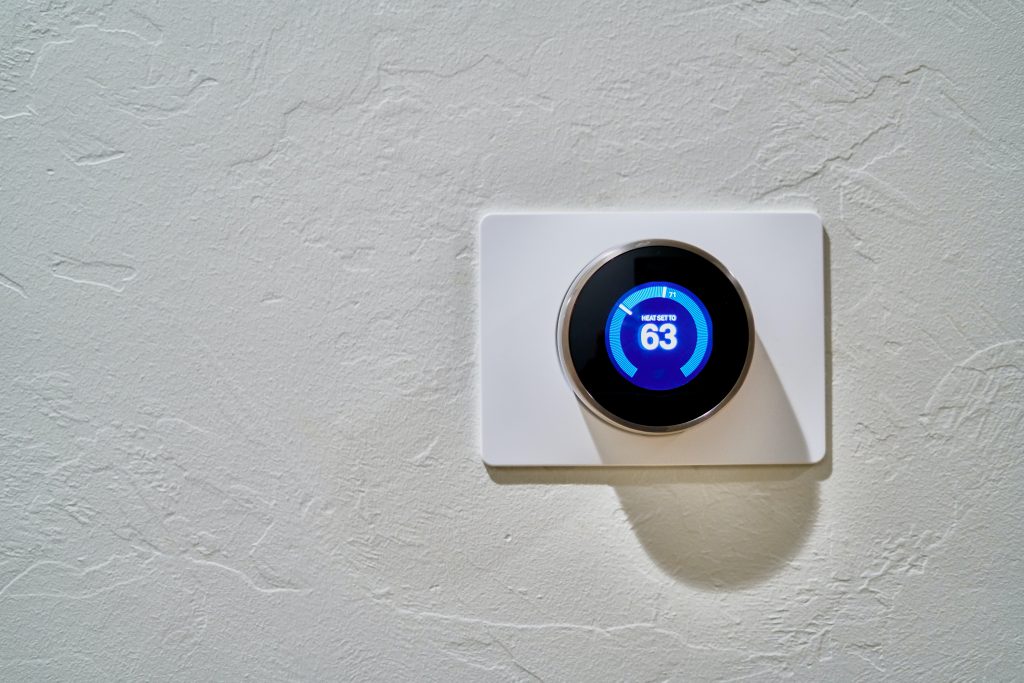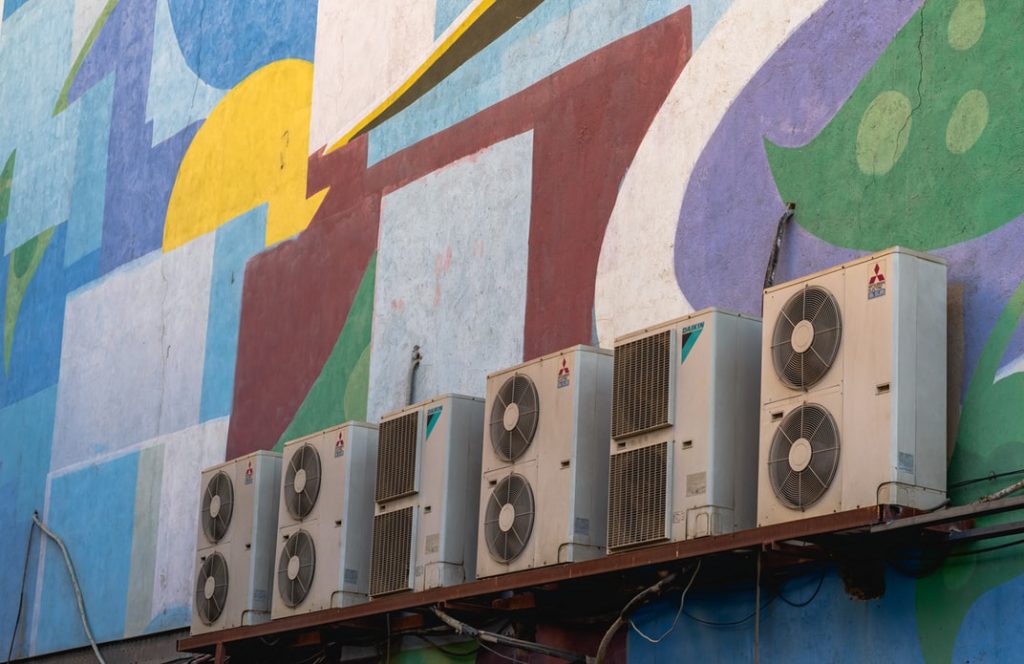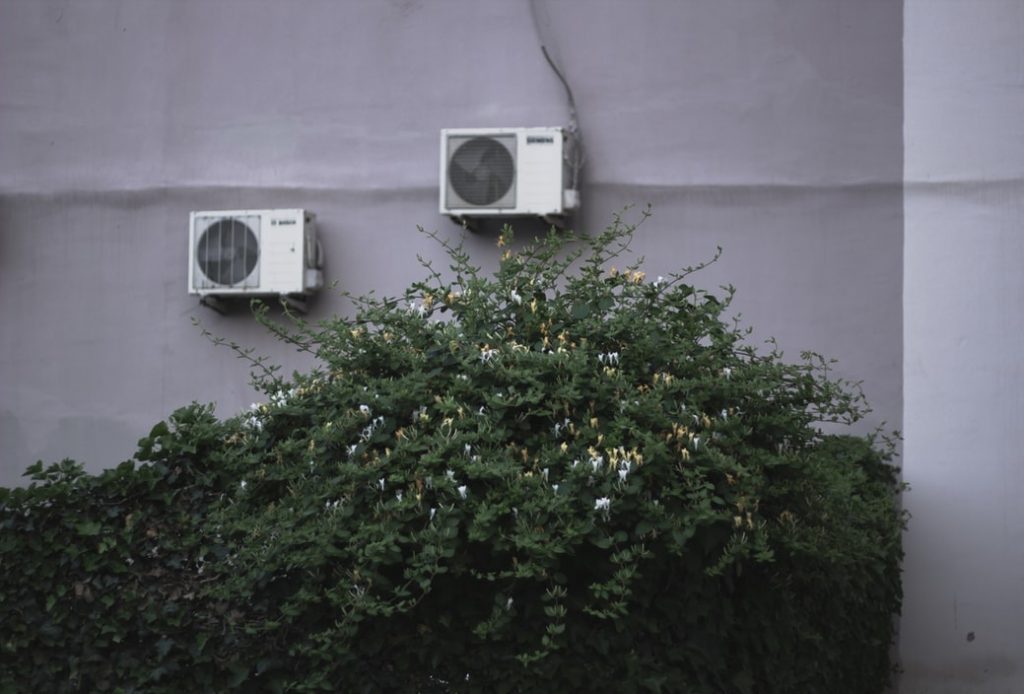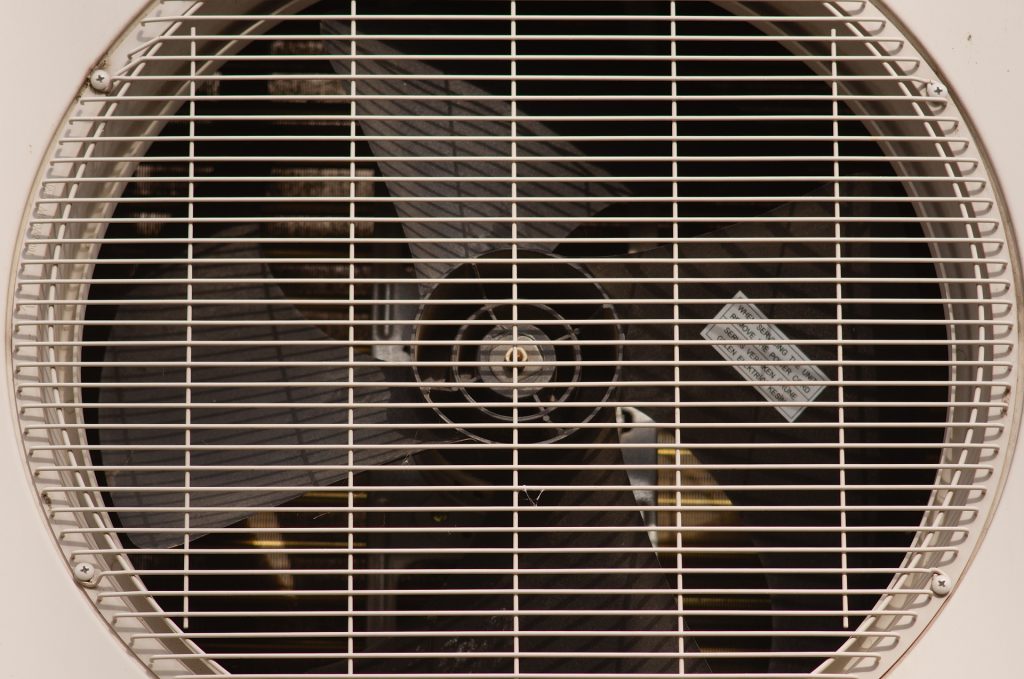How many degrees can an air conditioner cool, you ask? Well, simply put, the answer is 15-20 degrees. There’s a bit more going on here than that, though, so keep reading for a very detailed explanation.
How Many Degrees Can An Air Conditioner Cool? The Basics
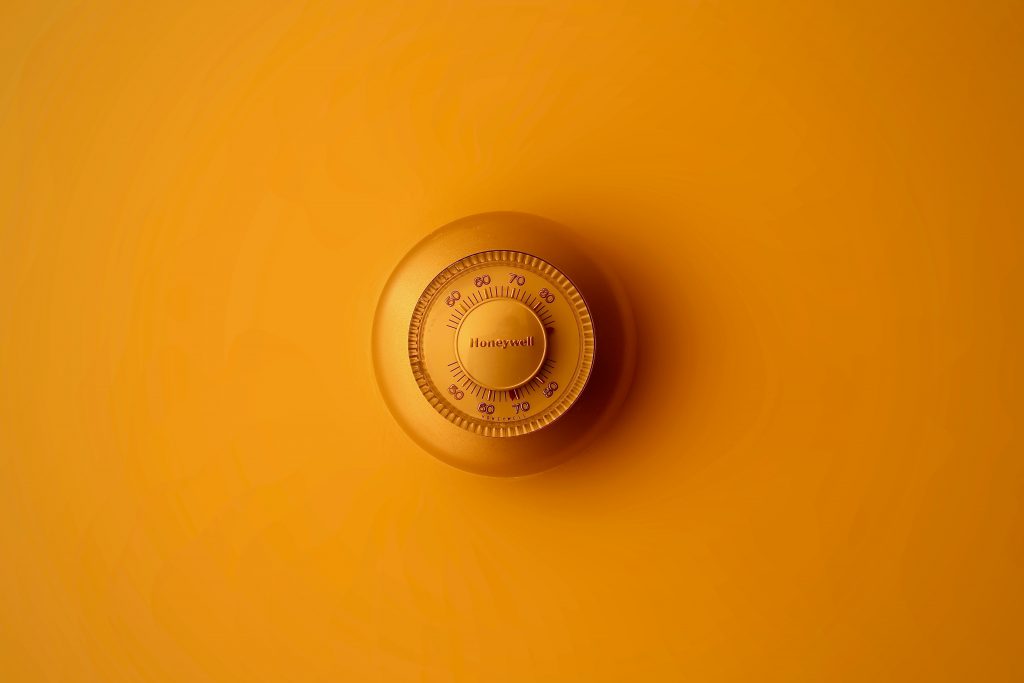
All types of air conditioners work in a similar manner. They pull warm air from your home’s interior, cool it, and then funnel it back outwards, where it mixes with yet-uncooled interior air, gradually reducing the house’s temperature. It’s important to note that the air coming out of the unit will not be at the temperature you set on your thermostat; it will merely be 15-20 degrees cooler than it was upon entering the air conditioner. The mixing of conditioned and unconditioned air is also important to note. Following a cycle, these two ‘sets’ (for lack of a better word) of air will reach an equilibrium, the temperature of which your thermostat will measure and prompt further cycles as needed. Depending on how low you set your thermostat, it may take several cycles for the room to get as cold as you might expect.
All of this is the reality behind a common misconception people have that you can just crank your air conditioner to the maximum setting and cool your home faster. All this does is make your air conditioner use more electricity than it needs to since lower temperatures will still only be achieved through cycles of 15-20 degree reductions. Check out this post to learn about how much electricity air conditioners use and how you can make your unit more efficient. In a nutshell, you’ll be much better off choosing a comfortable temperature range and leaving your air conditioner set to it, even when you’re not home. You can turn it to a lower setting while you’re away but never turn it completely off.
How Cold Can An Air Conditioner Get?
Air conditioners are designed to make your home’s interior temperature no more than 20 degrees below the outdoor measurement. That’s quite substantial, even for air conditioners in Phoenix, where temperatures can be sweltering for much of the year. Expecting temperature reductions in excess of that is impractical and you’ll probably never be in a situation where you’d want that, anyways.
Air Conditioner Minimum Temperature Settings
Most air conditioners have minimum thermostat settings at around 60 degrees. Most manufacturers simply assume you won’t turn the air conditioner on if the temperature outdoors is 60 degrees. Some older units don’t have anything physically stopping you from turning the air conditioner on at this point, though. However, you run the risk of damaging your air conditioner.
Here’s how it goes.
Say the temperature outside is below 60 degrees yet you decide to crank up your air conditioner for whatever reason. If the manufacturer incorporated low ambient controls, nothing will happen. The air conditioner won’t run. If those controls aren’t in place, however, the low ambient temperatures will make your air conditioner compressor’s lubricants too thick to function. Whenever anything mechanical runs without proper lubrication, you end up with excess wear and tear that shortens your air conditioner’s lifespan. The bottom line? Don’t run your air conditioner when the temperature is lower than its minimum, which is usually 60 degrees. Refer to the owner’s manual for the exact minimum temperature.
Of course, heat pumps are not subject to these same limitations. While some people think of them as air conditioners, they’re not really in the same category. Read more here. You can run your heat pump year round without issue, although it may be inefficient at cooling and heating if you live in an area where temperatures get extreme.
How Low Should I Set My Air Conditioner?
Now that you know how cold your air conditioner can get, you may be wondering how to actually go about determining the right temperature setting. Believe it or not, the U.S. Department of Energy actually has some recommendations in this regard. They say you should set your air conditioner to 78 degrees and turning it slightly lower (but never completely off) when you’re away from home. The goal is to set your thermostat as high as is comfortable since a lower differential between its setting and the outdoor temperature will, predictably, lead to lower cooling expenses. Keep in mind that, much like when choosing an air conditioner size, you have to adjust for factors such as how shaded your home is. If it doesn’t get much direct sunlight, you may be able to run your air conditioner at even less-aggressive settings.
Once you find the ideal settings, consider installing a programmable thermostat that will adjust itself throughout the day based on your routine.
To reiterate a point made earlier, never set your air conditioner to an extremely low temperature thinking it will cool your house down faster. That’s not how it works and you’ll just end up wasting energy.
Important: Ensure Proper Thermostat Placement
If your thermostat is unable to get an accurate reading of your home’s temperature, you’ll have a hard time achieving the expected results. Check out this list of common HVAC problems to learn what can be caused by a malfunctioning thermostat. Here are some general tips for finding the ideal thermostat placement:
- Choose an interior wall that is away from direct sunlight, air vents, windows, the kitchen, or any areas of your home that you don’t spend lots of time in (i.e. a hallway).
- The thermostat should be centrally-located.
- Your best bet when it comes to thermostat placement in most homes is often the living room since this spot is often both central and there likely won’t be a huge difference in preferences for temperatures throughout other parts of your home.
How Many Degrees Can An Air Conditioner Cool? Frequently Asked Questions
What happens if you set your AC too low?
Air conditioners are not designed to operate in or produce temperatures below 60 degrees. Truth be told, they’re happiest around the 68 degree mark. Most thermostats simply won’t allow you to choose a setting below this mark. If you attempt to run the unit when temperatures are already at 60 degrees or below, you’ll risk damaging the compressor.
Is 72 too cold for AC?
In terms of your air conditioner’s proper functioning, 72 degrees is well above the 60 degree ‘bottom out’ point. So, no, setting your air conditioner to 72 degrees won’t pose an issue.
What temperature should I set my AC at night?
When you’re home, regardless of whether it’s night or day, keep your air conditioner at 78 degrees. That will provide plenty of comfort while not wasting energy.
Is it cheaper to leave an AC on all day?
During the warmer months, you never want to turn your air conditioner off completely, even when you’re not home. You’ll end up being tempted to run it more powerfully than needed. Rather, the Department of Energy recommends keeping your air conditioner at 78 degrees when you’re at home and turning it slightly lower when you’re not.
How many degrees should an air conditioner cool?
Air conditioners optimally cool air about 15-20 degrees from its ambient state. If your air conditioner is blowing hot air or not cooling properly, it likely needs a checkup.



